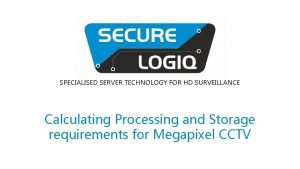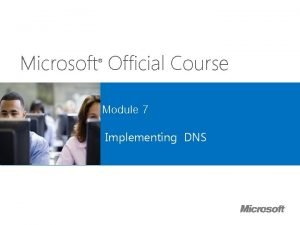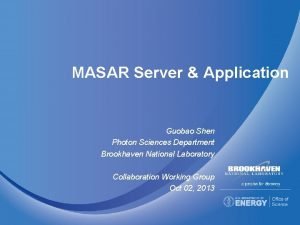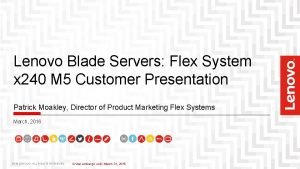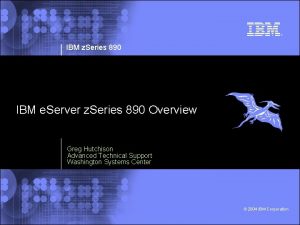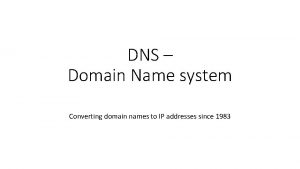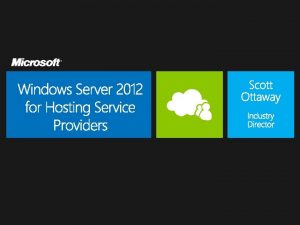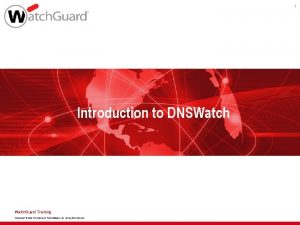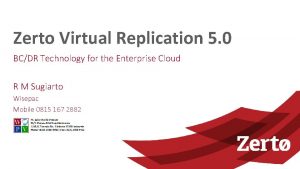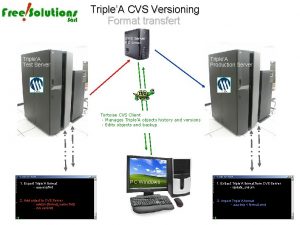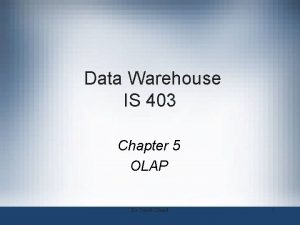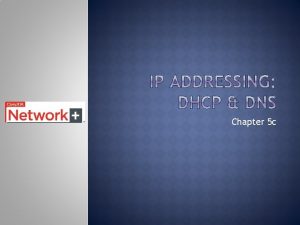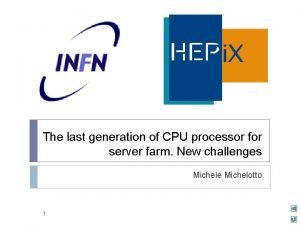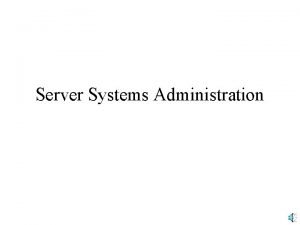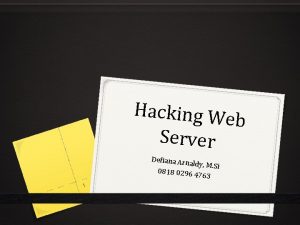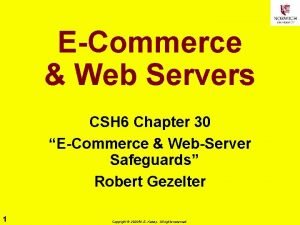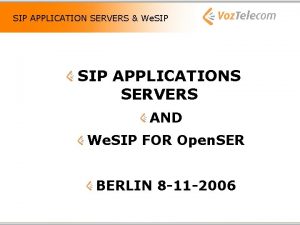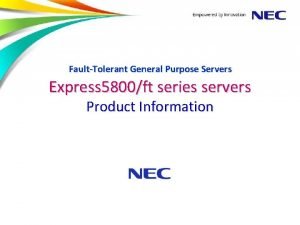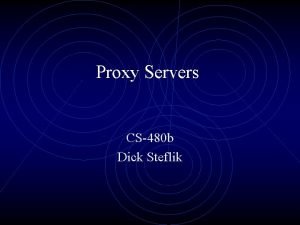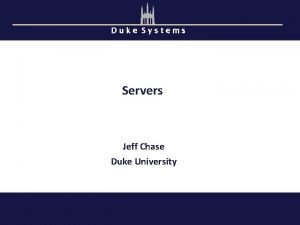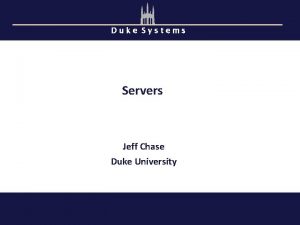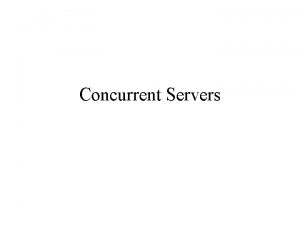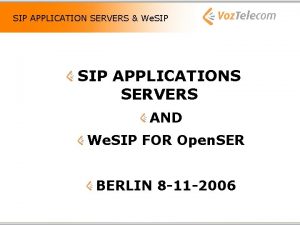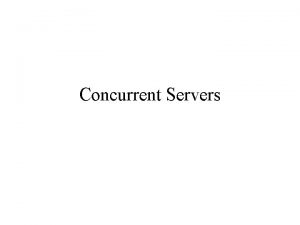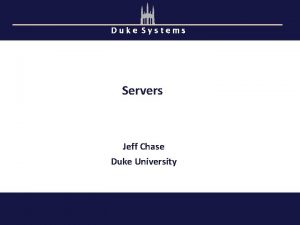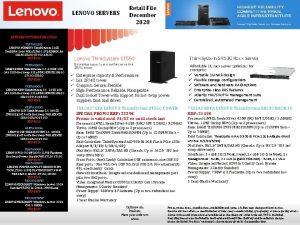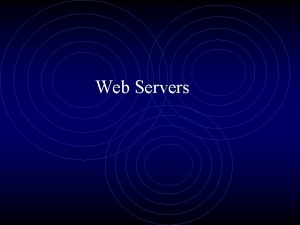IWS Instructional Work Servers There are 4 instructional






















![GDB continued – Controlling program flow • s[tep] • n[ext] • finish Step one GDB continued – Controlling program flow • s[tep] • n[ext] • finish Step one](https://slidetodoc.com/presentation_image_h2/67df4cf22990b1221e3de6b4967e4704/image-23.jpg)

- Slides: 24

IWS (Instructional Work Servers) • There are 4 instructional Unix servers: – ceylon, fiji, sumatra, and tahiti • Accessing the servers: – Terminal Programs: • telnet (insecure; cannot be used) • ssh (via the Tera. Term or Putty programs from Windows) – Start -> Program Files -> Desktop Tools -> Tera. Term – File Transfer Programs • ftp (insecure; cannot be used) • \<server name><username> from Start -> Run menu – e. g -- \fijizanfur • Secure file transfer (from C&C) – Xwindows • Run xgo from the command prompt • Come to the ACM tutorial! This tutorial provided by UW ACM http: //www. cs. washington. edu/orgs/acm/ Questions to hctang@cs, zanfur@cs, awong@cs

Logging In • Which server you use (almost) doesn’t matter – all four allow access to your files • Although your Windows and Unix usernames (and passwords) are the same, they are two separate accounts – Your z: drive is not your Unix account • Connecting: – We’ll connect to the Unix machines via ssh – After connection, you are presented with a login prompt – After logging in, you’re placed in your home directory (where your personal files are located)

The Command Prompt • Commands are the way to “do things” in Unix • A command consists of a command name and options called “flags” • Commands are typed at the command prompt • In Unix, everything (including commands) is case-sensitive [prompt]$ <command> <flags> <args> fiji: /u 15/awong$ ls –l -a unix-tutorial Command Prompt Command (Optional) arguments (Optional) flags Note: In Unix, you’re expected to know what you’re doing. Many commands will print a message only if something went wrong.

Two Essential Commands • The most useful commands you’ll ever learn: – man – info (short for “manual”) • They help you find information about other commands – man <cmd> or info <cmd> retrieves detailed information about <cmd> – man –k <keyword> searches the man page summaries (faster, and will probably give better results) – man –K <keyword> searches the full text of the man pages fiji: /u 15/awong$ man –k password passwd (5) - password file xlock (1) - Locks the local X display until a password is entered fiji: /u 15/awong$ passwd

Directories • In Unix, files are grouped together in other files called directories, which are analogous to folders in Windows • Directory paths are separated by a forward slash: / – Example: /u 10/hctang/classes/cse 326 • The hierarchical structure of directories (the directory tree) begins at a special directory called the root, or / – Absolute paths start at / • Example: /u 10/hctang/classes/cse 326 – Relative paths start in the current directory • Example: classes/cse 326 (if you’re currently in /u 10/hctang) • Your home directory is where your personal files are located, and where you start when you log in. – Example: /u 10/hctang

Directories (cont’d) • Handy directories to know ~ Your home directory. . The parent directory. The current directory • ls – Li. Sts the contents of a specified files or directories (or the current directory if no files are specified) – Syntax: ls [<file> … ] – Example: ls backups • pwd – Print Working Directory

Directories (cont’d further) • cd – Change Directory (or your home directory if unspecified) – Syntax: cd <directory> – Examples: • cd backups/unix-tutorial • cd. . /class-notes • mkdir – Ma. Ke DIRectory – Syntax: mkdir <directories> – Example: mkdir backups class-notes • rmdir – Re. Move DIRectory, which must be empty – Syntax: rmdir <directories> – Example: rmdir backups class-notes

Files • Unlike Windows, in Unix file types (e. g. “executable files, ” “data files, ” “text files”) are not determined by file extension (e. g. “foo. exe”, “foo. dat”, “foo. txt”) • Thus, the file-manipulation commands are few and simple … • rm – Re. Moves a file, without a possibility of “undelete!” – Syntax: rm <file(s)> – Example: rm tutorial. txt backups/old. txt

Files (cont’d) • cp – Co. Pies a file, preserving the original – Syntax: cp <sources> <destination> – Example: cp tutorial. txt. bak • mv – Mo. Ves or renames a file, destroying the original – Syntax: mv <sources> <destination> – Examples: • mv tutorial. txt. bak • mv tutorial. txt tutorial-slides. ppt backups/ Note: Both of these commands will over-write existing files without warning you!

Shell Shortcuts • Tab completion – Type part of a file/directory name, hit <tab>, and the shell will finish as much of the name as it can – Works if you’re running tcsh or bash • Command history – Don’t re-type previous commands – use the up-arrow to access them • Wildcards – Special character(s) which can be expanded to match other file/directory names * Zero or more characters ? Zero or one character – Examples: • ls *. txt • rm may-? -notes. txt

Text - editing • Which text editor is “the best” is a holy war. Pick one and get comfortable with it. • Three text editors you should be aware of: – pico – Comes with pine (Dante’s email program) – emacs/xemacs – A heavily-featured editor commonly used in programming – vim/vi – A lighter editor, also used in programming • Get familiar with one as soon as possible!

Text - printing • Printing: – Use lpr to print • Use –h (no header) and –Zduplex (double-sided) to save paper – Check the print queue (including Windows print jobs!) with lpq – lprm to remove print jobs (including Windows print jobs) – For the above commands, you’ll need to specify the printer with –P<printer name> • Check out enscript (quizlet: how do you find information about commands? ) to print text files nicely! – WARNING: Do NOT use enscript with postscript files!

The Unix Philosophy • A large set of primitive tools, which can be put together in an infinite number of powerful ways • An example: – Three separate tools are necessary to develop software: • Text editor • Compiler • Debugger (You will need this, unless “j 00 R l 33 t”) – MSVC is an “IDE” (“Integrated Development Environment”) • All three tools are found in one shrink-wrapped box – Although there are IDE’s for Unix, for this course, you will most likely use (mostly) separate tools: • Text editor: • Compiler: • Debugger: emacs/xemacs or vi/vim g++ This tutorial provided by UW ACM gdb (or ddd) http: //www. cs. washington. edu/orgs/acm/ Questions to hctang@cs

Compilation • To compile a program: – g++ <options> <source files> – Recommended: g++ -Wall –ansi –o <executable_name> *. cpp • -Wall – Warnings: ALL • -ansi – Strict ANSI compliance • Quizlet: what does *. cpp mean? • What’s an “executable”? – In Windows, double-clicking on an icon runs a program • E. g. double-click on C: Windowsnotepad. exe – In Unix, you can run your executable from the command line! • Type the executable name at the prompt, just like a command – In fact, commands are actually executables • However, you may need to specify the path to your executables –. /<program> runs <program> in the current directory • Example: ceylon: ehsu% g++ -Wall –ansi –o hello. cpp ceylon: ehsu%. /hello

“Compilation” or “The Big Lie” • Does this picture look. h familiar? . cpp • These are the discrete steps to program “compilation” • Hitting the ‘!’ button in Pre-proc MSVC or typing a “g++ *. cpp” to build (not “compile”) your program compiler hides all these separate steps. • Question: would you want to do this entire process (ie, pre -process and compile every ANSI lib file) every time you wanted to generate a new other libs executable? . h. cpp Pre-proc compiler linker . exe file

Selective Recompilation and Makefiles • Answer: – No. You only want to compile those files which were changed (or were affected by a change in another file [quizlet: when might this happen? ]). We can reuse the. o/. obj files for files which weren’t modified. • You could do this yourself… – g++ <options> <changed files> – g++ *. o • But you could also use the make command a Makefile! – Create a Makefile to keep track of file dependancies and build options – The make command will read the Makefile and compile (not build) those files which have dependancies on modified files!

Makefile Syntax • Makefiles consists of variables and rules. • Rule Syntax: <target>: <requirements> <command> • The <requirements> may be files and/or other targets • There must be a tab (not spaces) before <command> • The first rule in a Makefile is the default <target> for make • Variable Syntax: <variable>=<string value> • All variable values default to the shell variable values • Example: – BUILD_FLAGS = -Wall -g -ansi

Example Makefile # Example Makefile CC=g++ CCOPTS=-g –Wall -DDEBUG foobar: foo. o bar. o $(CC) $(CCOPTS) –o foobar foo. o bar. o foo. o: foo. cpp foo. h $(CC) $(CCOPTS) –c foo. cpp bar. o: bar. cpp bar. h $(CC) $(CCOPTS) –c bar. cpp clean: rm foo. o bar. o foobar

Writing Code • What causes a bug? – What you meant != what you wrote • Coding right the first time is making “what you meant” align with “what you write” – Invariants – assert() invariants to discover when your program’s state has changed unexpectedly – Error handling and notification – Fix or report errors. Your program should never be in a bad state – Code review – Use a debugger! • See next slide …

Debugging • How do you remove a bug? – Read the code. If you don’t understand it, the bug will happen again – Examine the state of the program at key points in the code • Print statements in the code (suggestion: wrap debug output with #ifdef DEBUG) • Use a debugger to view the state of your program with greater flexibility/control • Debugger advantages – – Compile your code only once Monitor all the values in the code Make changes while executing the code Examine core files that are produced when a program crashes • In other words, debuggers are tools which allow you to examine the state of a program in detail! – In fact, debuggers can (and should) be used to understand improve your code

Debugging Techniques • Goal: Isolate the problem, then fix it – Don’t try random things, looking for a solution • If you don’t understand it, it’ll be back • This method takes a long time • You don’t learn anything from it – Look for the problem, not the solution • Figure out two points in code that the problem is between, and close the gap from there.

GDB - The GNU De. Bugger • To run gdb (a text-based debugger): – gdb [<program file> [<core file>]] • <program file> Executable program file • <core file> Crashed program’s core dump – You must compile with -g for debug information! • Within gdb: – Running gdb: • run [<args>] • quit • help [<topic>] Run program with arguments <args> Quit the gdb debugger Access gdb’s internal help – Examining program state: • info [locals|args] Prints out info on [local variables|args] • backtrace[<n>] • p[rint] <expr> Prints the top <n> frames on the stack Print out <expr>
![GDB continued Controlling program flow step next finish Step one GDB continued – Controlling program flow • s[tep] • n[ext] • finish Step one](https://slidetodoc.com/presentation_image_h2/67df4cf22990b1221e3de6b4967e4704/image-23.jpg)
GDB continued – Controlling program flow • s[tep] • n[ext] • finish Step one line, entering called functions Step one line, skipping called functions Finish the current function and print the return value – Controlling program flow with breakpoints Continue execution (after a stop) • b[reak][<where>] Set a breakpoint • d[elete] [<nums>] Deletes breakpoints by number • [r]watch <expr> Sets a watchpoint, which will break when <expr> is written to [or read] • c[ontinue] – Modifying program state • set <name> <expr> Set a variable to <expr> • jump <where> Resume program execution at <where>

More Information • In the department – Your neighbors! – info and man – uw-cs. lab-help newsgroup –. login, . cshrc, and /uns/examples to see how other people have things set up • On the web: – http: //www. faqs. org (comp. unix questions FAQ) – http: //www. google. com – ACM Tutorials: http: //www. cs. washington. edu/orgs/acm/tutorials/ • If you’re curious, check out these topics – Source control (try searching the web for “cvs”) – Profiling (try searching the web for “gprof”)
 Insidan region jh
Insidan region jh Iws taramani
Iws taramani Iws
Iws Secure logiq video servers
Secure logiq video servers Dns root servers
Dns root servers Masar servers
Masar servers Lenovo blade
Lenovo blade Ibm
Ibm Ibm p series models
Ibm p series models Root dns servers locations
Root dns servers locations Examples of virtual servers
Examples of virtual servers Dnswatch servers
Dnswatch servers Zerto physical server
Zerto physical server History of servers
History of servers Python eve online
Python eve online Killzone shadow fall player count
Killzone shadow fall player count Sitecontrol hostway
Sitecontrol hostway Rolap
Rolap Introduction to web servers
Introduction to web servers Lab 3-5: install and configure dhcp and dns servers
Lab 3-5: install and configure dhcp and dns servers Cpu for servers
Cpu for servers Types of server farms
Types of server farms Rito servers
Rito servers Aldy bug
Aldy bug E commerce web servers
E commerce web servers



